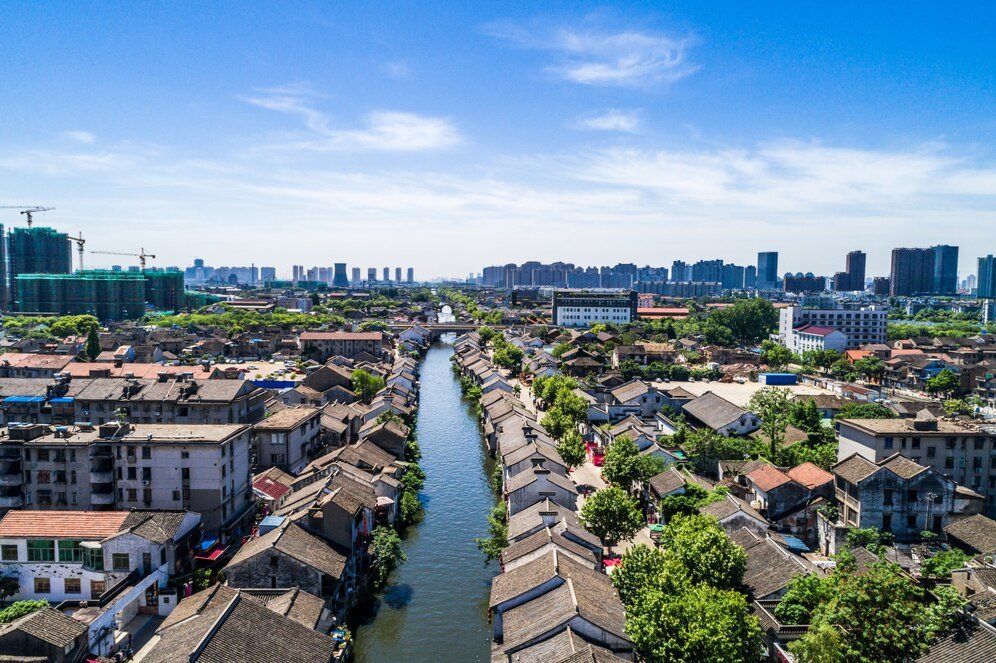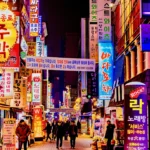Vietnam is a country steeped in history, with a rich tapestry of cultural heritage and a profound legacy from its wartime past. From ancient temples to poignant memorials, the historical landmarks in Vietnam offer a glimpse into the nation’s resilience and transformation. Here’s a guide to some must-visit sites that tell the stories of Vietnam’s war history and cultural heritage.
1. Cu Chi Tunnels
Location: Ho Chi Minh City
The Cu Chi Tunnels are a vast network of underground passages used by the Viet Cong during the Vietnam War. Stretching over 250 kilometers, these tunnels were crucial for guerrilla warfare, providing shelter, storage, and communication routes. Visitors can explore sections of the tunnels, learn about the ingenious traps set by the Viet Cong, and gain insight into life during the war.
2. War Remnants Museum
Location: Ho Chi Minh City
This museum offers a sobering look at the impact of the Vietnam War through photographs, artifacts, and personal stories. The exhibits highlight the consequences of the war on both Vietnamese civilians and American soldiers. Key displays include military equipment, historical documents, and the haunting “Agent Orange” exhibit, making it a must-visit for understanding the war’s legacy.
3. My Lai Massacre Memorial
Location: Quang Ngai Province
The My Lai Massacre Memorial commemorates the victims of one of the war’s most horrific events, where hundreds of unarmed Vietnamese villagers were killed by American soldiers in 1968. The site includes a museum with photographs and accounts, as well as memorials honoring the victims. It serves as a powerful reminder of the war’s brutality and the importance of peace.
4. Imperial City of Hue
Location: Hue
As the former capital of Vietnam, the Imperial City of Hue is a UNESCO World Heritage site that showcases the grandeur of the Nguyen Dynasty. While it bears the scars of war, including damage from the Tet Offensive in 1968, the city is home to palaces, temples, and royal tombs, offering a glimpse into Vietnam’s imperial history and architectural beauty.
5. Ho Chi Minh Mausoleum
Location: Hanoi
The Ho Chi Minh Mausoleum is the final resting place of the revolutionary leader who played a pivotal role in Vietnam’s fight for independence. The imposing structure is set in Ba Dinh Square, where Ho Chi Minh declared Vietnam’s independence in 1945. Visitors can pay their respects to his preserved body and explore the surrounding gardens and the nearby Presidential Palace.
6. The Reunification Palace
Location: Ho Chi Minh City
Formerly the Presidential Palace, this site is significant for its role in the end of the Vietnam War. On April 30, 1975, a North Vietnamese tank breached its gates, signaling the fall of Saigon. Today, the palace is a museum that reflects the history of the war and offers guided tours through its opulent rooms and wartime bunkers.
7. Phong Nha-Kẻ Bàng National Park
Location: Quang Binh Province
Beyond its stunning caves and natural beauty, Phong Nha-Kẻ Bàng also holds historical significance. During the Vietnam War, the area was a hideout for Viet Cong forces. Today, visitors can explore the caves while learning about their wartime use, making it a fascinating blend of natural and historical exploration.
8. Nha Trang Cathedral
Location: Nha Trang
Also known as the Cathedral of Christ the King, this Gothic-style cathedral was built in the 1920s and has survived the trials of war. It offers a peaceful sanctuary and insight into the Catholic community in Vietnam, showcasing the blend of indigenous and colonial influences in the country’s religious history.
9. B-52 Victory Museum
Location: Hanoi
This unique museum commemorates the downing of American B-52 bombers during the Vietnam War. The centerpiece is a wreckage of a B-52 bomber displayed in a park-like setting. The museum provides insights into the air war over Vietnam, featuring photographs, artifacts, and stories of resilience from the Vietnamese people.
10. Ancient Town of Hoi An
Location: Hoi An
While not primarily a war site, Hoi An’s rich history as a trading port showcases Vietnam’s cultural heritage. The town has retained its historic architecture, blending Vietnamese, Chinese, and Japanese influences. Exploring its narrow streets and lantern-lit alleys gives visitors a sense of the historical continuity that survived through war.



